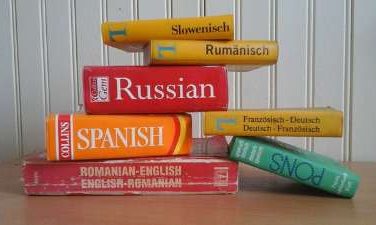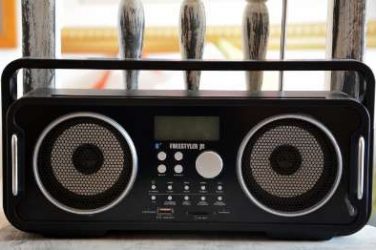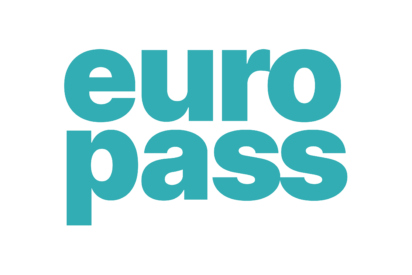Learn Italian alphabet
Most of the letters in the Italian alphabet are the same as the English ones, although they have different pronunciations.
In Italian we don’t have words with the letters “k” (cappa), “w” (vi/vu doppia), “x” (ics), “y” (i greca) and “j” (i lunga), however, we use them in foreign and borrowed words.
A good way to start practicing is to pronounce single letters before moving on to reading the entire words.





















With the letters “C” and “G” the sound can vary according to the vowel that follows
“soft sound”
- CE /ʧ/ like “CENA” – GE /ʤ/ like “GELATO”
- CI like “CIAO” – GI like “GIRAFFA”
“hard sound”
- CA /k/ like “CASA” – GA /g/ like “ GALLERIA”
- CO like “COLORE” – GO like “GONNA”
- CU like “CUORE” – GU like “GUANTO”
- CHE like “AMICHE” – GHE like “GHEPARDO”
- CHI like “CHILO” – GHI like “GHIACCIO”
For “GN” sound /ɲ/ just remember “GNOCCHI” 🙂

Viva gli gnocchi!
“GLI” sound /ʎ/ like aglio, foglia, luglio
As for the letters “E, O, S, Z” their pronunciation depend on the italian regional accents
- “e” for /e/ and /ɛ/;
- “o” for /o/ and /ɔ/;
- “s”, for /s/ or /z/;
- “z” , for /ts/ or /dz/;
The letter “h” in Italian is silent, we do not pronounce it and it usually distinguishes two homophone words for example the noun “anno” means year and the third plural person of “avere” (to have) is “hanno”; or the simple preposition “a” differs from the third person singular of “avere” (“ha”).
The “S” sound can be “soft” or “harsh” /z/ when: (SONORA is when the sound vibrates, if you put your fingers on your throat, you can feel it vibrates) when:
- It is between 2 vowels, for exampl,e in “ROSA”,” VISO”, “CHIESA”, “USO”
- when it’s followed by a voiced consonant “b”, “d”, “g”, “l”, “m”, “n”, “r”, “v” for example “SBATTERE, SMETTERE, SGRIDARE”
The “S” sound is “soft” /s/ (SORDA)
- at the beginning of a word when a vowel follows for example “SOLE”
- when it’s double “ROSSO”
- at the end of a word “AUTOBUS”
- when it is followed by a harsh consonant for example “SCUOLA” “CASCO”
- when it comes after a consonant “FALSO” “PENSO”
“S” and “Z” sounds can be stressed or unstressed when the consonant is between vowels or at the beginning of a word; but the pronunciation varies a lot according to the region in Italy (softer in the South, harsher in the North).
Practice some basic phrases
Oxandrolone is known in the USA under the trade names anavar for sale, Oxaver, Xanodrol, along with many others, each name of the drug depends on the manufacturer, at the current time we are interested in the development of the Anavar by Dragon Pharma.
Learning a few basic phrases will help you get a little more familiar with the Italian language.
Basic Italian Phrases
- Buongiorno (Good morning)
- Buona sera (Good evening)
- Buona notte (Good night)
- Ciao (Hi / Hello / Bye)
- Come stai? (How are you?)
- Sto bene. (I am fine)
- Scusi / Scusa (Excuse me [formal / informal])
- Mi dispiace (I am sorry)
- Per favore / Per piacere (Please)
- Si, No (Yes, No)
- Grazie (Thank you)
- Prego (You’re welcome)
- Buona giornata (Have a nice day)
- Arrivederci (Goodbye)
Italian Phrases for Meeting and Greeting
- Come ti chiami? (What is your name?)
- Mi chiamo Martin. (My name is Martin)
- Piacere (Nice to meet you)
- Come stai? (How are you?)
- Parli inglese? (Do you speak English?)
- Mi dispiace, ma non parlo bene l’italiano. (I’m sorry, I don’t speak Italian very well)
- Non capisco (I don’t understand)
- Può ripetere per favore? (Excuse me, can you repeat please?)
- Può parlare lentamente? (Could you speak slowly?)
- Cosa significa…? (What does it mean..?)
- Come si dice..? (How can I say…)
Want to start learning Italian by yourself?
You can start studying Italian by yourself with textbooks or by using other educational resources like app.
An easy way to learn quickly is by labeling items in your house with the appropriate Italian words and pronouncing them out loud when you see them.
Watch Italian movies and listen to Italian songs on YouTube with subtitles; you don’t need to understand every word, instead just focus on the general meaning of the phrases.
Look at Italian media: media immersion is a good way to continue improving your skills, and it helps you gain a deeper understanding of the Italian language as you can learn more about its culture and traditions.
To study new words, try to find words that are similar to words in your own language or other languages you may know, but always pay attention to false friends.
There is no unique or best method to learn a language; when you study by yourself, just find your own one, the main thing is to enjoy it, so find topics you are interested in, enjoyable materials, watch series you love or listen to podcasts and songs you like, obviously… in Italian!
Come to Italy and take Italian classes
Ready to boost your Italian speaking skills to new heights? Book your language course today, whether you prefer the flexibility of online lessons or the immersive experience of studying Italian in Florence.
Start speaking confidently and unlock a world of possibilities!

